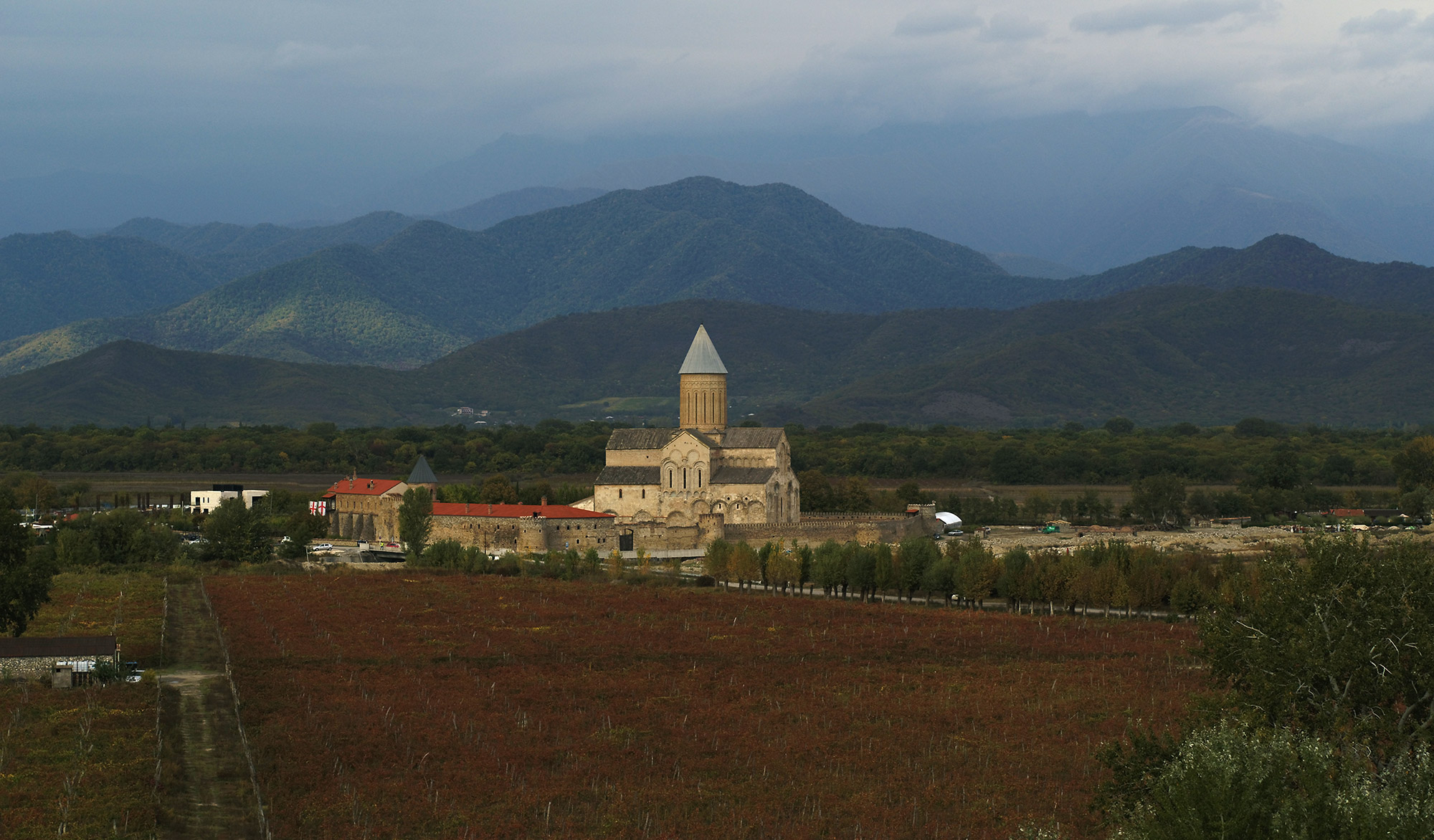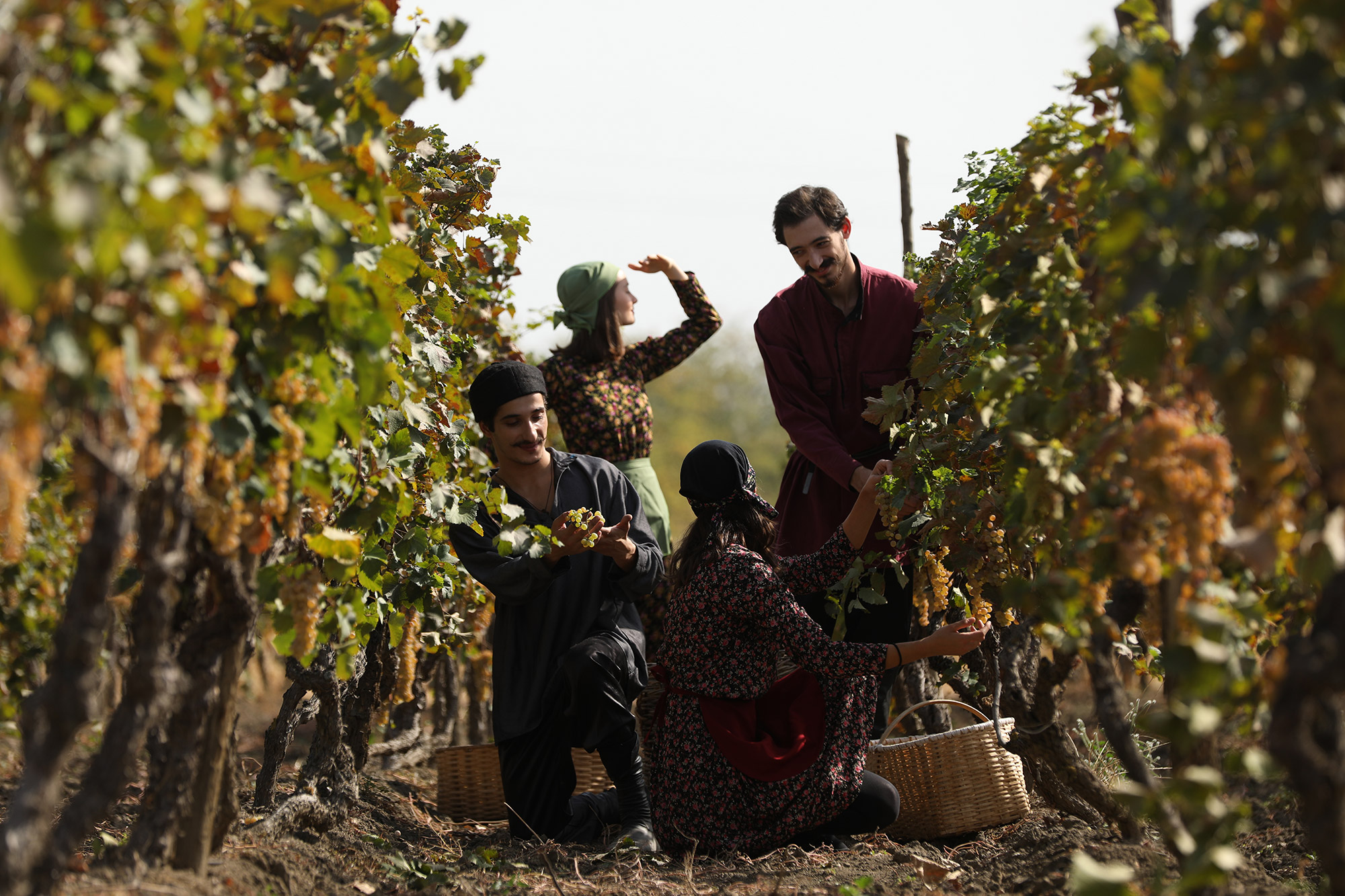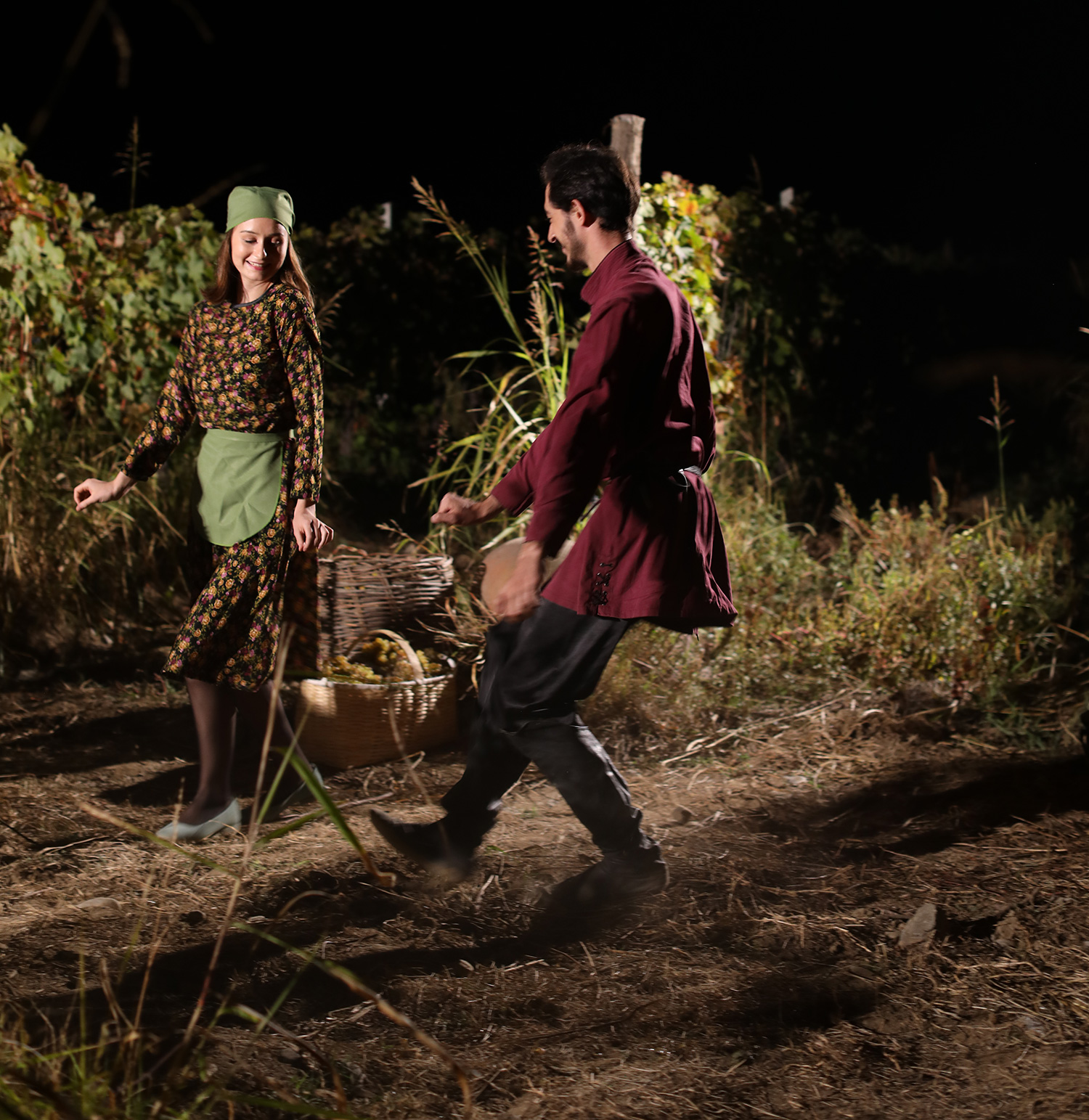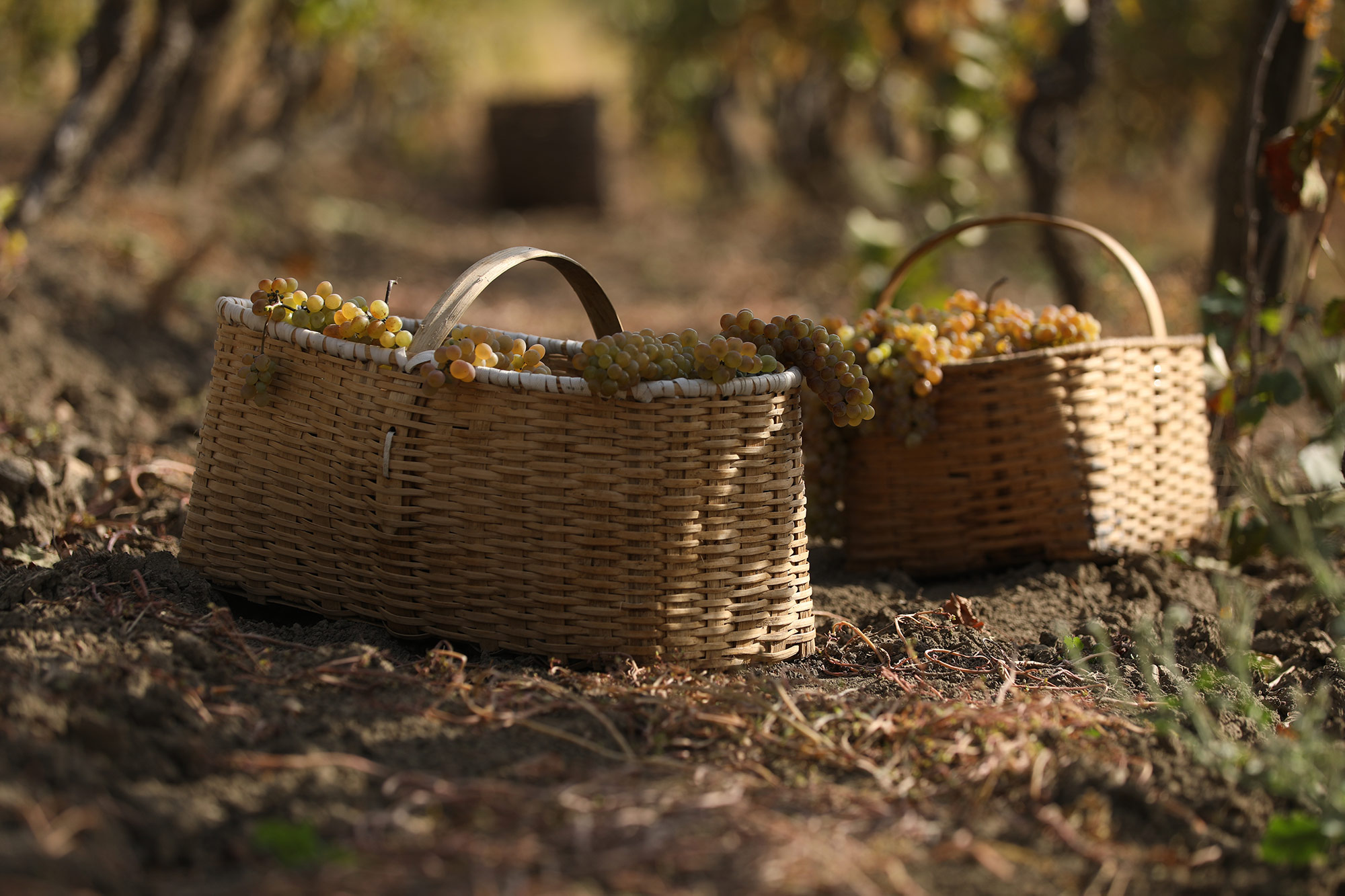Located at the crossroads of East and West, nestled within the Caucasus Mountain range, lies Georgia’s unique physical and climatic environment for quality grape growing and winemaking – it is no wonder that the country’s vineyards and cellars were repeatedly attacked by other cultures envious of Georgia’s natural and vinous riches. Throughout thousands of years of invasions, and even through its absorption into the Russian Empire, and then the Soviet Union, the Georgians have retained their distinctive wine culture, traditions and legends that are integral to their sense of “Georgianness.”
Almost as old as its winemaking traditions is Georgia’s folk music. Long ago, high in the Caucasus Mountains, Georgia developed its own distinctive form of vocal polyphony. Songs of love, friendship, motherland, life, and peace often have references to grapes, the grapevine, and wine. Georgians sing wherever they are gathered, especially during the supra – the infamous Georgian feast – and at harvest time. Folk instruments – flutes, bagpipes, and string instruments such as the Chonguri, often accompany the singers.
The Chonguri is a centuries-old Georgian plucked folk instrument, similar to a lute. It has a hollow body and 4 strings, with one wound to a peg halfway down its narrow neck. Traditionally, the strings were gut but today they are mostly nylon. The Chonguri is mostly associated with western Georgia, namely the regions of Samegrelo, Guria and Ajara.
Today, Georgia is full of ferment, the center of a wine revival. Whether produced by ancient or modern winemaking practices, their unique grape varieties offer different and exiting tastes and flavors to wine lovers everywhere.





